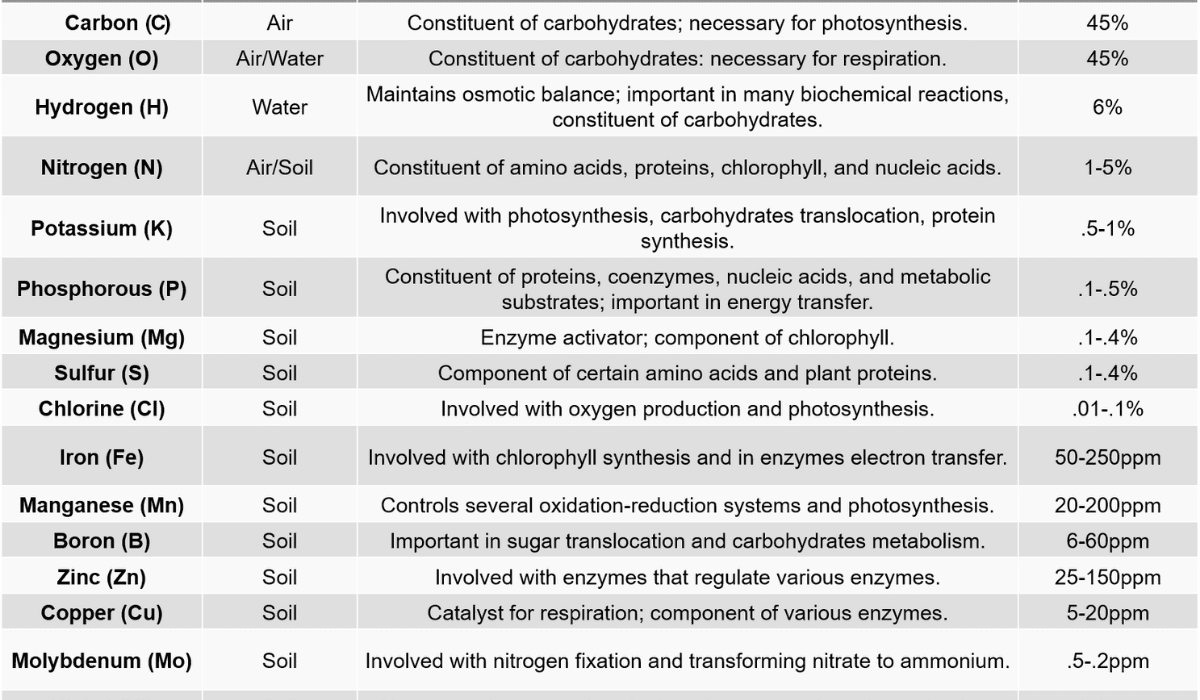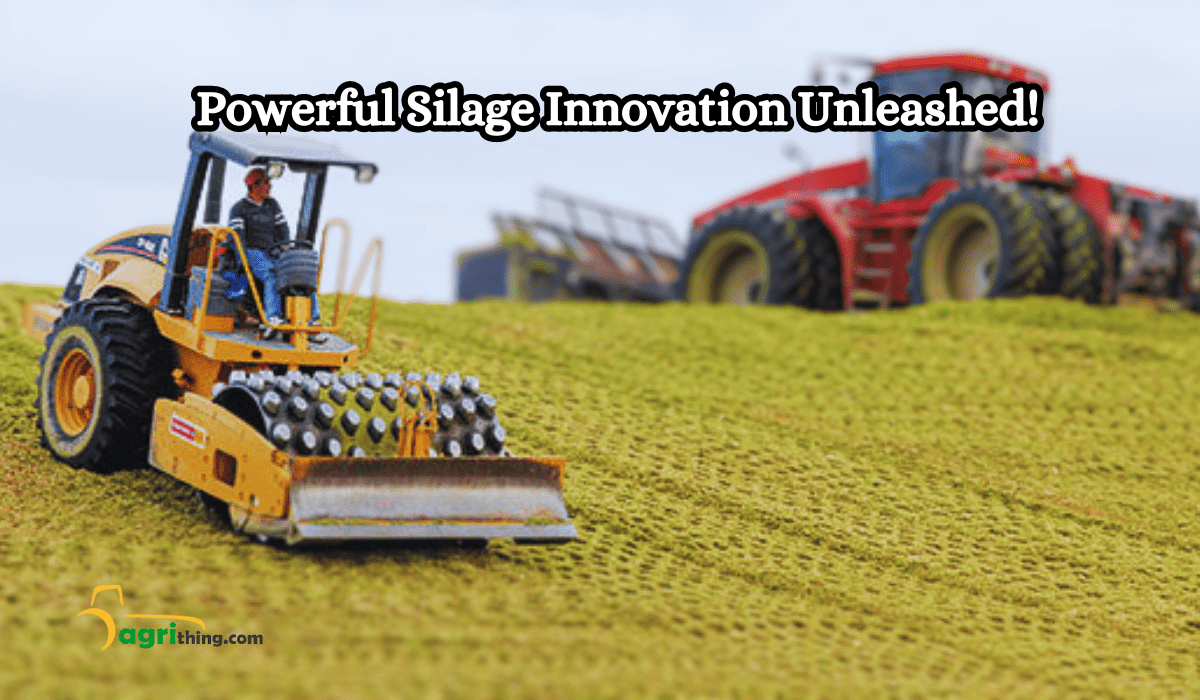Maximizing Corn Silage Production: Unforgettable Harvests
Producing corn silage is a complicated process. It requires different strategies and techniques to get the most out of it. Corn silage is important for feeding livestock, particularly dairy and beef cattle. It gives them the energy they need in a form that’s easy to digest and packed with nutrients. We must consider various factors and management practices to ensure we get the best yield from Corn crop silage. This article discusses the main strategies and techniques for maximizing corn silage production.
Table of Contents
Understanding Corn Silage Production
Importance of corn silage in livestock feed
Corn silage production is essential for livestock nutrition, serving as a reliable and flavorful energy source packed with fiber and vital nutrients. This practice is significant for dairy cows, ensuring uninterrupted milk production and supporting their overall health through optimal Corn Silage Production.
Factors influencing yield in corn silage production
Many factors influence the yield in corn silage production. These factors include genetics, planting corn, managing nutrients, controlling weeds and pests, utilizing water for irrigation, and optimizing the corn harvest. By effectively managing these aspects, farmers can significantly increase their yield in corn silage production and generate higher profits. Understanding and implementing the best practices in corn silage production is pivotal in maximizing crop output and overall success.
Selecting the Right Corn Variety
Choosing the right corn variety is the foundation for maximizing yield in Corn silage production.
Characteristics of high-yielding corn varieties
High-yielding corn varieties possess strong stalks, disease resistance, good standability, high grain-to-stover ratio, and desirable agronomic characteristics. These traits contribute to improved yield potential and overall crop performance.
Factors to consider when selecting corn varieties
When farmers choose corn varieties for making silage, they should consider how well the corn can grow in the area, how long it matures, how resistant it is to diseases, and how much it can yield. It’s important to pick varieties that fit the local weather and soil conditions well.
Optimal Planting and Seeding Practices
Proper planting and seeding practices play a significant role in maximizing corn silage yield.
Timing of planting
When planting corn silage, the timing is important for getting the best yields. It’s best to plant the corn when the soil temperatures reach about 50°F (10°C). This helps the seeds to sprout well and the crop to grow strong in the early stages.
Seedbed preparation
To ensure corn silage production goes well, properly preparing the soil is crucial. This means creating a seedbed that has good drainage and a solid structure. Before planting, it’s important to ensure that the soil has enough nutrients and to use the right methods to till the land and control weeds.
Plant population and spacing
To get the most out of your crops, having the right number of plants and giving them enough space is important. The best plant population depends on the type of soil, how much water there is, and the kind of corn you’re growing. By using the suggested planting rates and adjusting the spacing based on your conditions, you can ensure you get the most yield possible.
Nutrient Management
Proper nutrient management ensures healthy plant growth and maximizes Corn crop silage yield.
Soil fertility requirements
Testing the soil to check nutrient levels and pH is important for a personalized fertilization plan. Corn plants need nutrients like nitrogen, phosphorus, potassium, and micronutrients. Balancing these nutrients properly is crucial for the best growth and yield.
Fertilizer application techniques
It’s really important to apply fertilizers accurately and at the right time. To ensure the plants get the most benefit, you can split the nitrogen applications, put phosphorus and potassium in bands, and use fertilizers that release nutrients slowly or in a controlled way. This helps the plants take in more nutrients and reduces the amount of nutrients that are lost.
Importance of balanced nutrition
A balanced supply of nutrients throughout the growing season is crucial for maximizing Corn Silage Production. If there are too few or too many nutrients, the plants won’t grow well, and the yields will be lower. To keep track of nutrient levels and make any needed changes, it’s a good idea to test the soil and the plant tissue regularly.
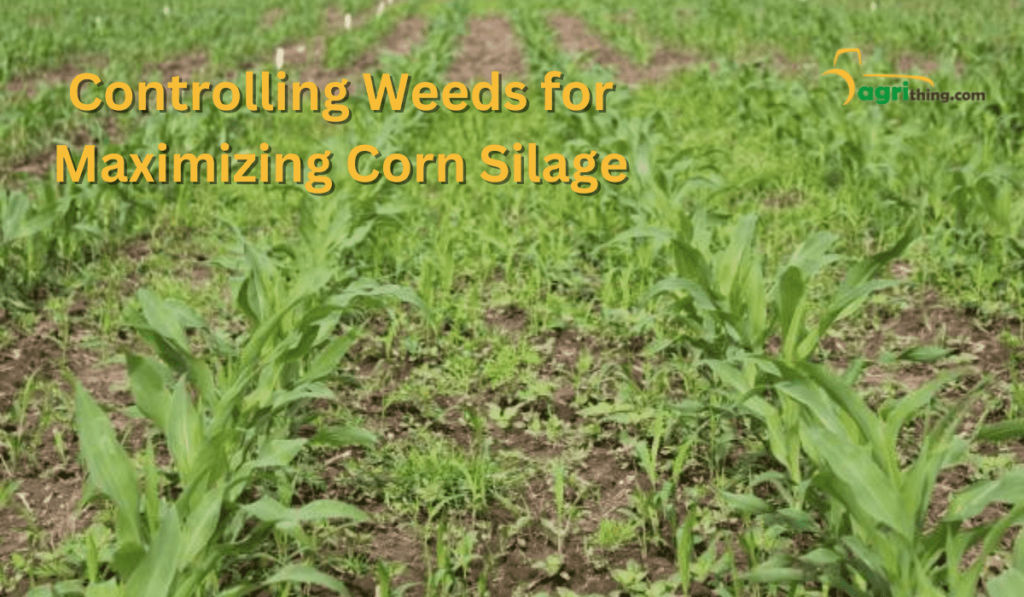

Effective Weed and Pest Management
Controlling weeds and pests is essential for maximizing corn silage yield and preventing yield losses.
Weed control strategies
Using integrated weed management strategies is a great way to reduce competition from weeds and get the highest possible yield. This includes cultural practices, using herbicides, rotating crops, and controlling weeds at the right time.
Pest identification and control measures
Regularly checking and identifying pests like insects, diseases, and nematodes is important so you can take action at the right time. Integrated pest management (IPM) practices, which include using biological control methods and applying pesticides in specific ways, can help reduce pest damage and get the best possible yields.
Integrated pest management (IPM) approach
Taking an integrated approach to pest management is crucial in Corn Silage Production. It involves changing crops, using resistant plant varieties, promoting beneficial insects, and implementing cultural practices. This ensures effective pest control and sustainable farming practices.
Irrigation and Water Management
Proper irrigation and water management practices are crucial for achieving optimal Corn crop silage yields.
Water requirements of corn silage
Corn plants need different amounts of water at different stages of growth. It’s really important to give them enough water during important growth stages, like when the tassels appear and when the grains are filling. This helps you get the most yield possible.
Irrigation scheduling and methods
Using smart irrigation techniques, like using weather data and soil moisture sensors, can help you use water more efficiently. It’s a good idea to use drip irrigation, center pivot systems, or other precise irrigation methods to deliver water effectively and reduce wasted water.
Efficient water use practices
Using water-saving practices is important to make the most of your water. You can do things like using mulch, checking the moisture in the soil, and timing your irrigation correctly. This helps you use water more efficiently. It’s also important to manage drainage properly to prevent waterlogging and stress on the plant roots.
Preventing spoilage in corn silage
- Harvest when the moisture content is optimal, around 65-70%.
- Compact the silage using heavy equipment to ensure proper packing density in the storage structure.
- Create a level surface in the storage structure to avoid air pockets.
- Minimize oxygen exposure by using an oxygen barrier film or cover.
- Seal the storage structure tightly to prevent air from getting in.
- Maintain a temperature of around 140-160°F or 60-70°C during fermentation.
- Check the pH levels to ensure proper fermentation (pH below 4.2).
- Avoid overfilling the storage structure to prevent spoilage at the top.
- Regularly inspect for signs of spoilage, such as foul odor, mold growth, or heating.
- Immediately remove any spoiled portion to prevent further contamination.
- Prevent damage from rodents and pests by keeping them away from the storage structure.
- Keep records of silage quality, including moisture content, temperature, and pH levels, for monitoring and troubleshooting.
Harvesting and Storage Techniques
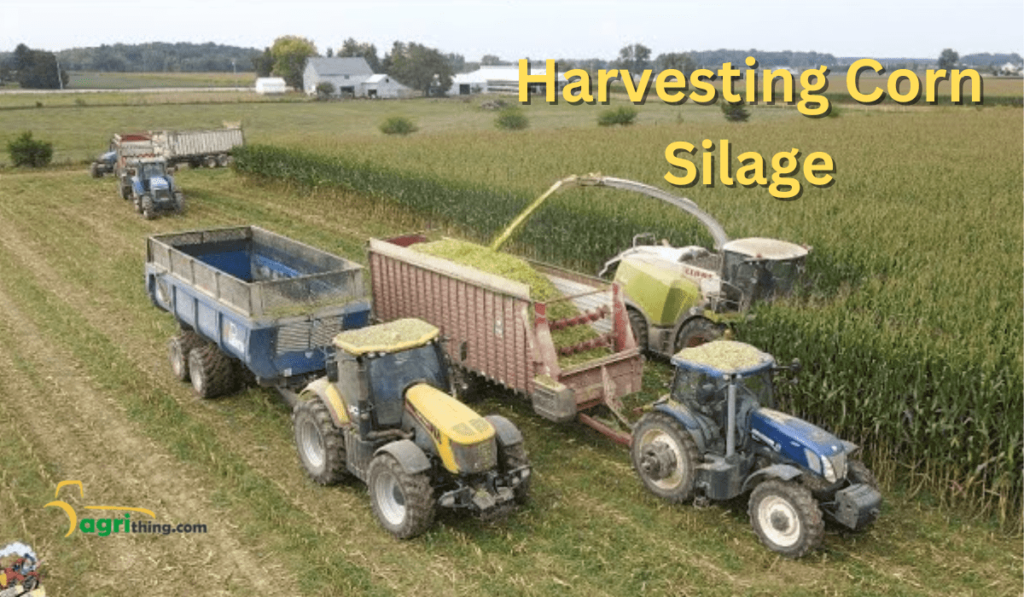
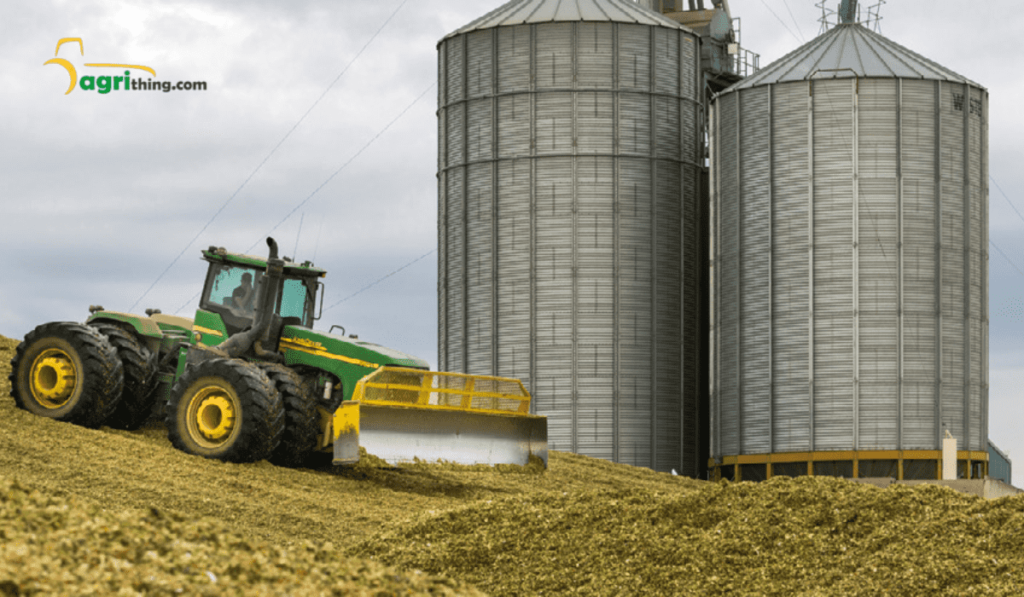
Applying appropriate harvesting and storage techniques is vital for preserving Corn crop silage quality and nutritional value.
Optimal maturity stage for harvesting
Harvesting corn silage at the correct maturity stage is key to getting the highest yield and quality. This stage usually happens when the kernel has reached about half to three-quarters of the milk line. If you harvest early enough, you may have a higher yield or nutritional value.
Chopping and ensiling process
To make sure silage ferments and stays fresh, it’s important to chop it the right length and pack it tightly. Using a precise chopper and keeping it tightly packed while storing it can help keep the nutrients and prevent spoilage.
Silage storage and management
To keep the quality of silage high and prevent nutrient loss, it’s important to store it properly. This can be done by covering silage piles or using airtight silos. It’s also crucial to regularly check the temperature, pH, and signs of spoilage in the silage to catch and fix any problems that may arise.
Best corn varieties for high silage yield
| Corn Variety | Characteristics |
|---|---|
| Pioneer P2089 | Excellent yield potential, high-quality silage production, adaptable to various growing conditions |
| Dekalb DKC 50-84 RIB | Exceptional yield potential, good disease resistance, high energy content, excellent digestibility |
| Syngenta NK BMR-410 | High yields, improved digestibility (BMR), increased energy content |
| LG Seeds LG5607 | High yield potential, adaptability, good feed value and digestibility |
Monitoring and Adjusting Management Practices
Regular monitoring and adjustment of management practices are necessary to identify and address factors that may limit Corn forage yield.
Regular crop monitoring
Regularly checking crops for pests, diseases, nutrient problems, and environmental stress is extremely important. Doing this, issues can be spotted early on and dealt with quickly. Assessing crops visually and using advanced tools like satellite imagery or crop sensors can help keep track of their health and growth.
Identifying and addressing yield-limiting factors
Studying data on crop yield, how well the crops are doing, and the environment can help determine what might be holding back corn silage production. Changing how crops are managed, like adjusting how much fertilizer is used, when to water them, or how pests are controlled, based on what the crops actually need, can help increase yields.
Conclusion
Maximizing corn silage production requires selecting high-yielding varieties specifically for corn silage production, proper planting practices, nutrient management tailored to corn silage production, effective weed, and pest control, efficient irrigation methods dedicated to corn silage production, and appropriate harvesting and storage techniques specifically designed for corn silage production. Regular monitoring and adjustment of management practices in corn silage production are crucial to ensuring optimal results. By implementing these strategies, farmers can enhance corn silage production, increase Corn forage yield, and provide a valuable and nutrient-rich feed source for livestock, particularly dairy and beef cattle.
Frequently Asked Questions (FAQ’s)
What is corn silage production?
Corn forage involves cutting and fermenting entire corn plants to make healthy animal food.
Why is maximizing yield important in corn silage production?
Getting the most out of Corn forage production is crucial. It helps ensure enough animal food, makes the best use of resources, and brings in the most money.
What are the key factors that affect corn silage yield?
Weather, genetics, fertility management, pest control, harvest timing, and storage techniques all impact Corn crop silage yield.
How can soil fertility impact corn silage yield?
The fertility of soil affects how much Corn forage can be produced. It provides important nutrients for the plant’s growth, development, and productivity.
How can I control weeds in corn silage fields?
To control weeds in Corn forage fields, you can use herbicides before the weeds emerge, cultivate the fields at the right time, and apply suitable herbicides during the growing season.
Related Articles
Looking to enhance your knowledge about Corn silage production? Explore our informative blog posts on the topic.
Mighty Corn Silage Kernels: Supercharge Livestock Nutrition

Unlock the nutritional power of corn silage kernels with Agrithing! Our premium selection of corn silage kernels is carefully cultivated to provide maximum energy and nourishment for your livestock. Packed with essential nutrients, these kernels ensure optimal growth and productivity. Trust Agrithing for high-quality corn silage kernels that will elevate your animal feed quality and…
Maximize Nutrient Availability in Corn Silage: 7 Proven Techniques

Discover the secret to maximizing nutrient availability in corn silage at Agrithing! Our experts are dedicated to optimizing feed quality by focusing on key factors such as harvest timing, storage conditions, and fermentation processes. With Agrithing’s premium corn silage, you can ensure your livestock receives the highest nutrient value for their growth and health. Visit…
Corn Silage Inoculants: Best Practices

Enhance the quality and longevity of your corn silage with Agrithing’s superior corn silage inoculants. Our specialized inoculants are designed to promote efficient fermentation, improve nutrient retention, and inhibit spoilage. With Agrithing, you can trust that your corn silage will maintain its nutritional value, resulting in healthier livestock and improved farm productivity. Explore our range…
Want to purchase top-quality silage? Visit our Agricomplex website to explore our wide range of silage products.
People Also Asked
Q: What is the ideal time for harvesting Corn crop silage?
A: The best time to harvest Corn forage is when the kernels are at the half to three-quarters milk line. This stage ensures a good balance between the amount of corn harvested and its nutritional quality.
Q: How often should I monitor my Corn crop silage?
A: Regularly monitoring the crop during the growing season is important. It is recommended to check the crop every week or as necessary to spot any pest problems, diseases, or nutrient deficiencies.
Can I use Corn crop silage as feed for other livestock besides dairy and beef cattle?
A: Yes, Corn forage can be fed to other livestock, such as sheep, goats, and horses. However, it is important to ensure that the nutritional requirements of these animals are met through appropriate feed formulations.
Q: How can I prevent spoilage during corn silage storage?
A: Proper storage management minimizes spoilage through compaction, covering silage piles or using airtight silos, and normal temperature and pH monitoring.
Q: Are there any organic methods for weed control in corn silage production?
A: Yes, organic weed control methods for corn silage production include cultural practices like crop rotation, mulching, and hand weeding. Organic-approved herbicides derived from natural sources can also be used for weed management.



